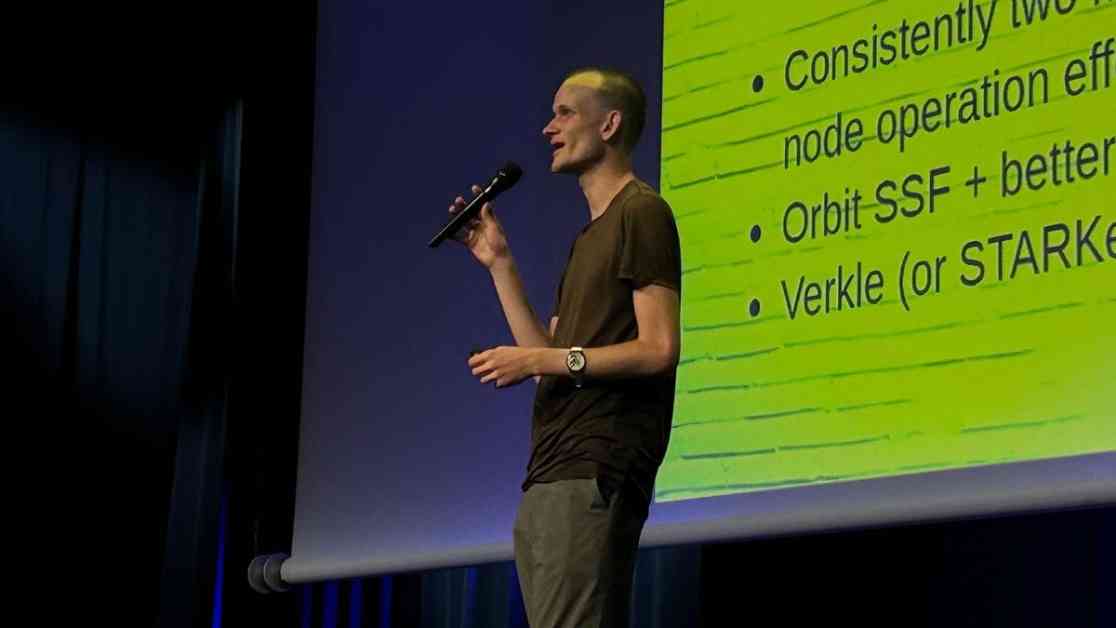Vitalik Buterin Calls for Decentralization Push in Layer-2 Networks for Ethereum
Ethereum co-founder Vitalik Buterin is taking a firm stance on decentralization within layer-2 networks, urging projects to meet a minimum threshold of decentralization to earn public recognition. In a recent announcement, Buterin stated that he will only publicly mention layer-2 solutions that have achieved at least “Stage 1” decentralization, according to the hierarchy he established in a blog post several years ago.
Buterin’s decision comes as a response to the growing importance of layer-2 networks in scaling Ethereum and improving its overall efficiency. These networks, known as rollups, provide a way to process transactions off the main Ethereum blockchain, reducing congestion and lowering fees. However, not all rollups are created equal, with some relying on centralized elements that go against the principles of decentralization that Ethereum was built upon.
Buterin’s Decentralization Framework for Layer-2 Networks
In 2022, Buterin introduced a set of stages to classify rollups based on their level of decentralization. Stage 0 represents projects that heavily rely on centralized elements, akin to using training wheels. Stage 1 indicates a transition towards decentralization, with the implementation of fraud proofs to secure transactions without the need for a single centralized entity. Finally, Stage 2 signifies full decentralization, where the project operates autonomously without any centralized control.
To track the progress of different layer-2 protocols in achieving decentralization, L2Beat, a layer-2 dashboard, ranks projects based on Buterin’s criteria. Currently, only a few projects, including Arbitrum One, OP Mainnet, and zkSync lite, have reached Stage 1 decentralization. The goal is for more projects to advance to Stage 2, where they can operate as fully decentralized networks.
The Transition to Cryptographic Trust
Buterin emphasizes the importance of moving away from centralized control towards cryptographic trust within layer-2 networks. By implementing secure cryptographic processes, projects can establish trust among users without relying on a central authority. This shift signifies a new era of decentralized finance, where users can transact with confidence in a trustless environment.
As Buterin states, “The era of rollups being glorified multisigs is coming to an end. The era of cryptographic trust is upon us.” This shift towards cryptographic trust marks a significant milestone in the evolution of layer-2 networks and their role in the Ethereum ecosystem.
In conclusion, Vitalik Buterin’s call for decentralization in layer-2 networks is a crucial step towards ensuring the long-term sustainability and security of the Ethereum blockchain. By setting clear criteria for decentralization and encouraging projects to meet these standards, Buterin is paving the way for a more robust and resilient ecosystem that can support the growing demands of decentralized finance and Web3 applications.














